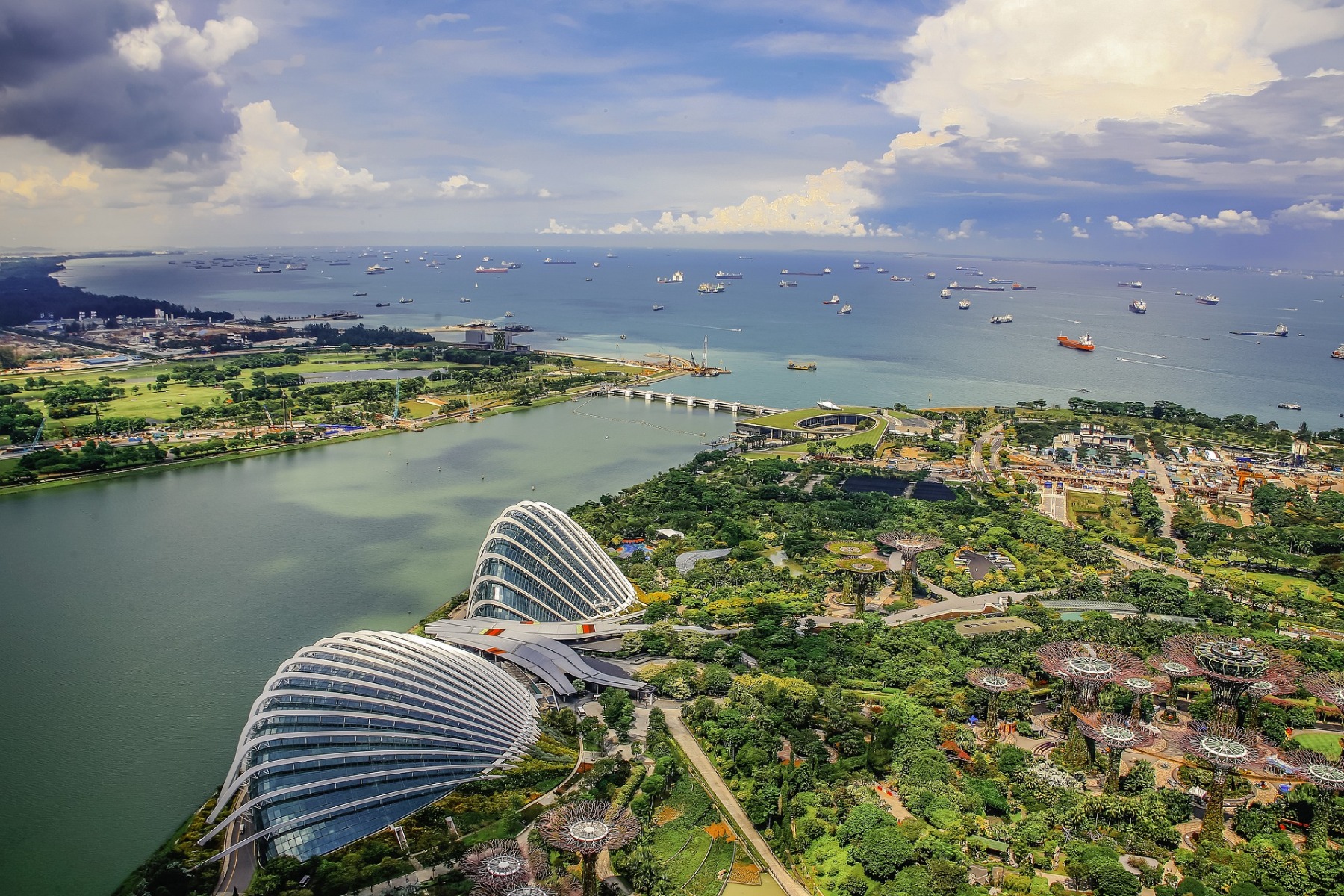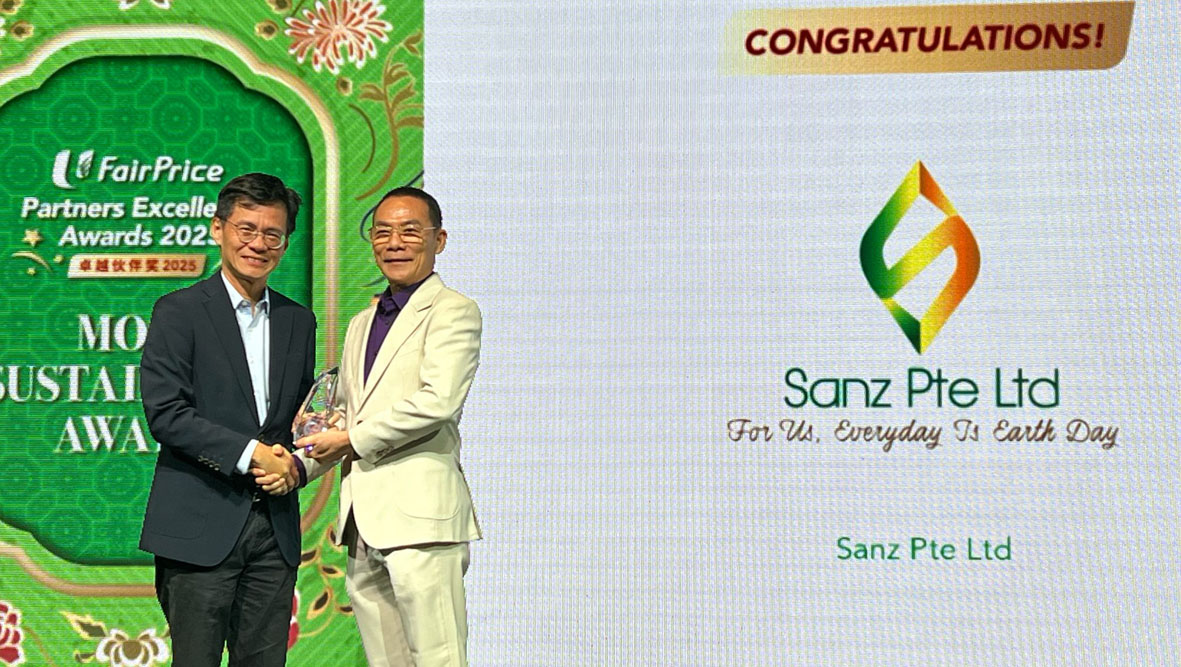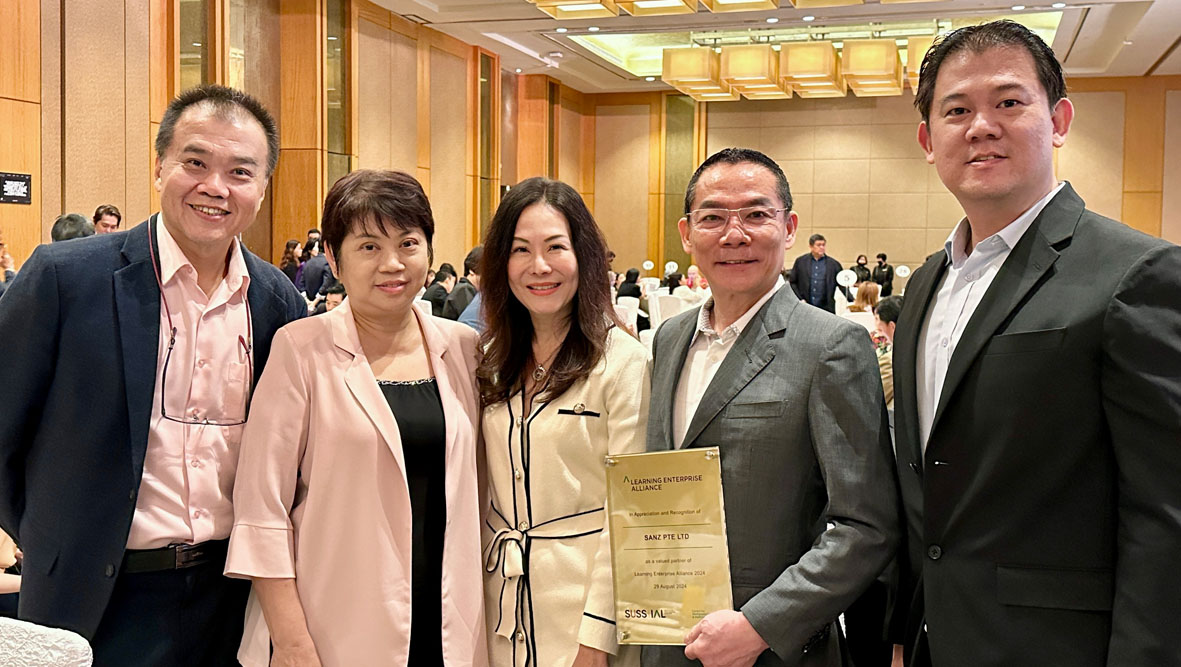Recycling gone wrong - Contamination of Recyclables
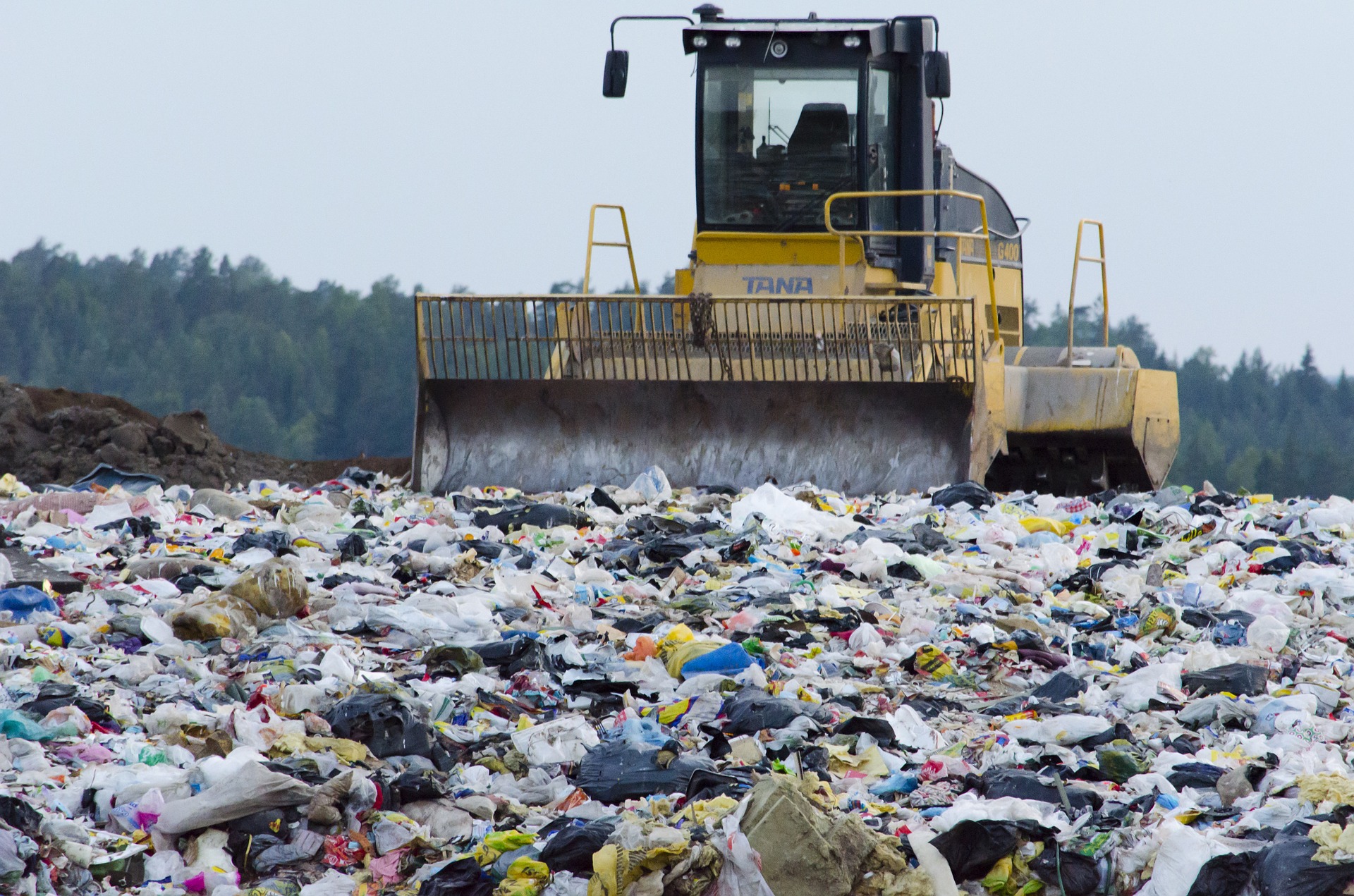
Despite the government’s proactive attempts to increase both the overall and domestic recycling rates in Singapore, they have not seen much improvement. In fact, our domestic recycling rates remain low and fell from 17% in 2019 to 13% in 2020. This is far from our target of achieving a 30% domestic recycling rate by 2030. The big question - why are domestic recycling rates so low?
The big question - why are domestic recycling rates so low?
40% of what goes into Singapore’s recycling bins gets declined at the materials recovery facilities due to contamination (3) and ends up in incinerators instead. Contamination is a result of the disposal of unsuitable items in the recycling bins such as leftover food waste, unwashed plastic bottles, and loose plastic packaging amongst others.
Oftentimes, people dispose of unsuitable items due to a lack of knowledge or they are too used to throwing everything into the chute without proper sorting and handling. Not only are items declined due to contamination, but this also results in ineffective waste management when the sorting facilities must filter out unsuitable products.
Are you recycling right?
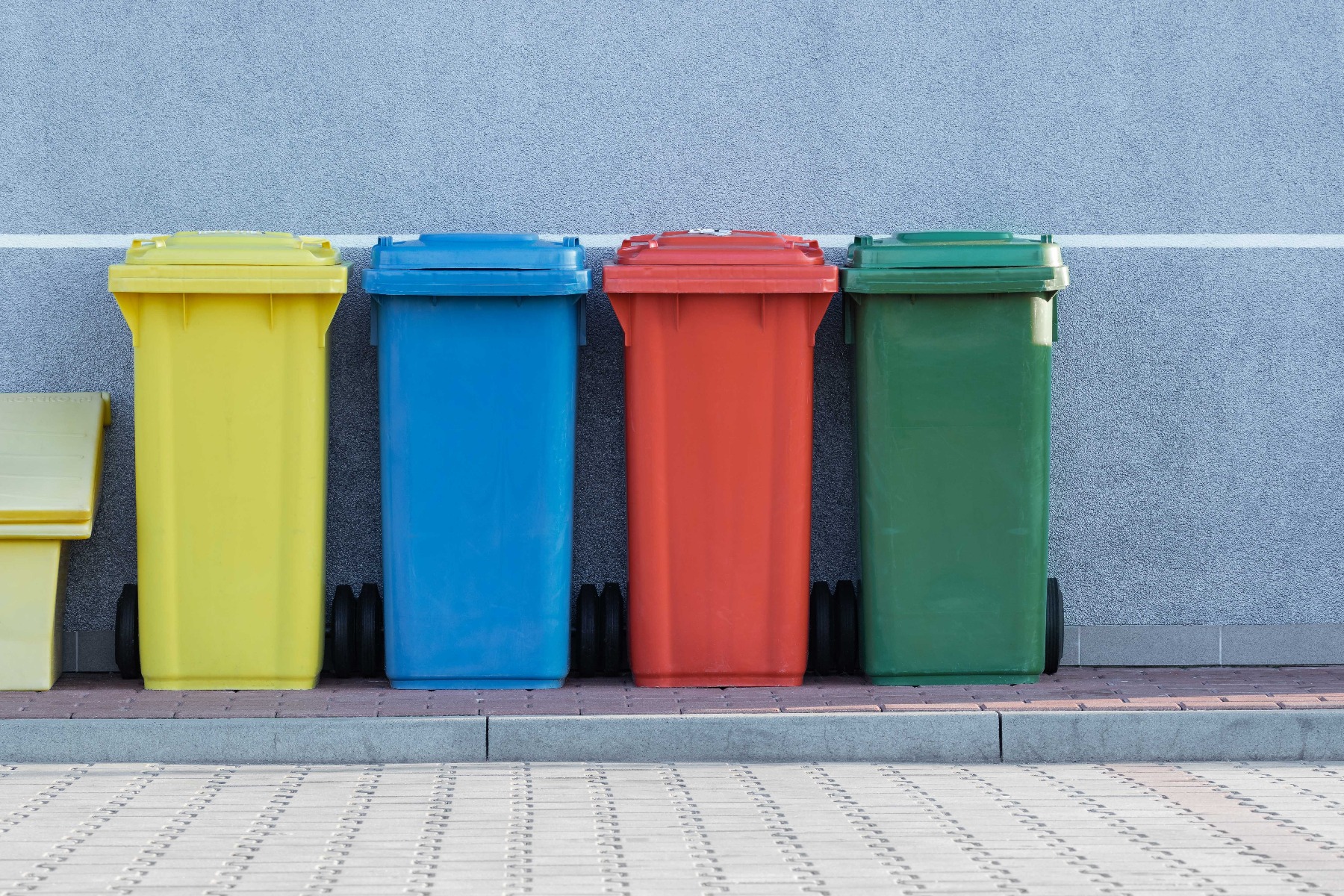
Here’s how to recycle right and avoid contaminating the rest of the recyclables in our blue recycling bins!
Step 1: Collect all recyclables and store them in a bag or bin.
Step 2: Check the labels on the blue recycling bins to confirm if your recyclables are suitable for recycling.
- Do not dispose of any food or liquid waste, tissue, plastic disposables, light bulbs, batteries or bulky items into the blue recycling bins.
Step 3: Empty recycling containers of any leftover content and rinse to remove any remnants where necessary.
Step 4: Recycle your items!
With that, you can now recycle right and contribute to the environment. Let us do our part in bringing Singapore towards being a part of greener earth!
